100-Year-Old Veteran Revisits WWII Battlefield on 80th Anniversary
Exactly 80 years ago, the Allied forces fought against Nazi Germany at the battle of Monte Cassino in Italy, destroying the historic Benedictine monastery.
Now, eight decades later, several veterans have made their way back to that hallowed ground, remembering the battle where they almost lost their lives and when they watched 105,000 of their comrades die.
WWII: The War That Changed the World
Almost every child on Earth learns about World War II in school. The war lasted six bloody years, killing somewhere between 35 million and 60 million people, in addition to the more than 6 million Jewish people murdered by the Nazi regime.
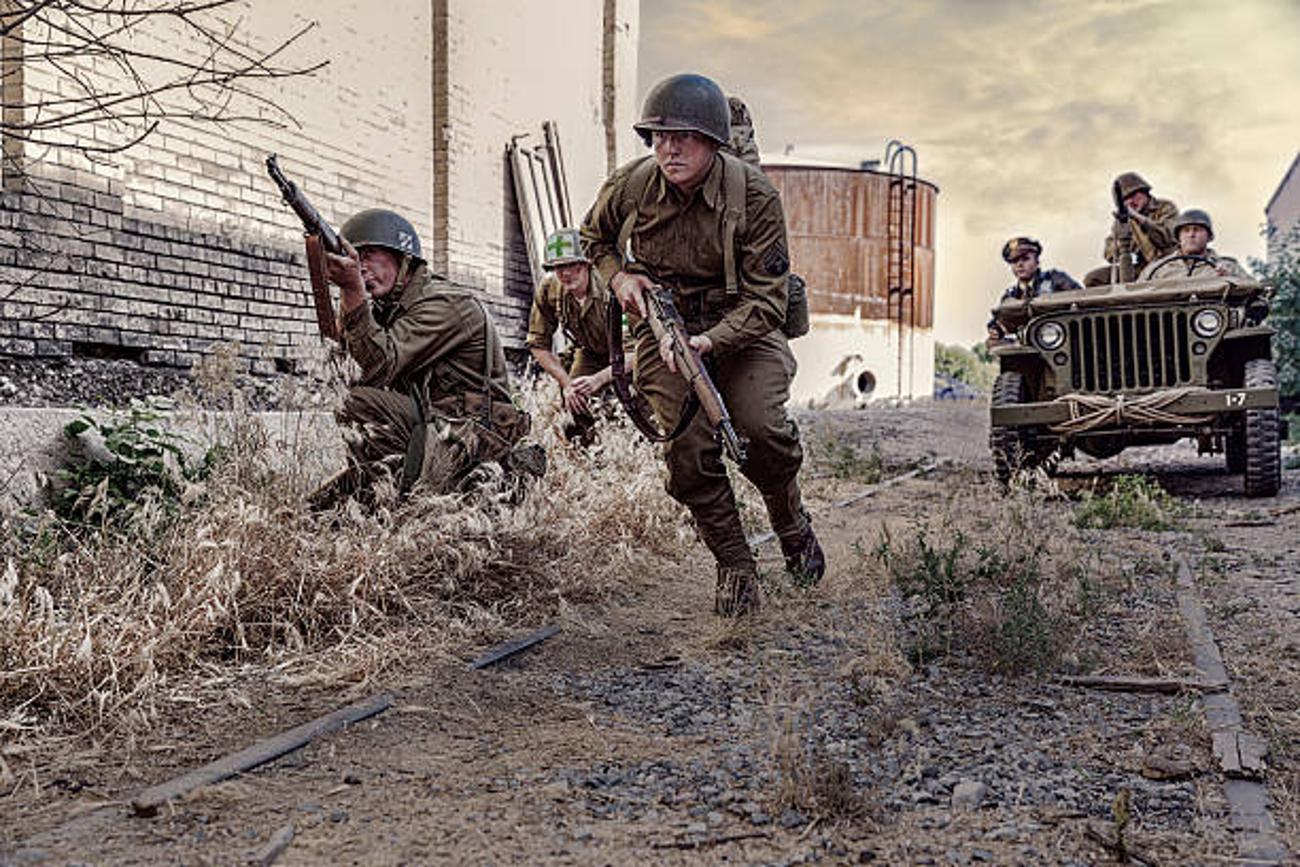
Source: iStock
The war was one of the most destructive, deadly, and devastatingly sad in history. And while teachers around the world have tried their best to explain the true magnitude of WWII by focusing on specific battles, some significant moments have unfortunately been forgotten.
The Start of the Battle of Monte Cassino
The Battle of Monte Cassino is one such moment during World War II that, while an incredibly important part of the story, didn’t make it into every history book.
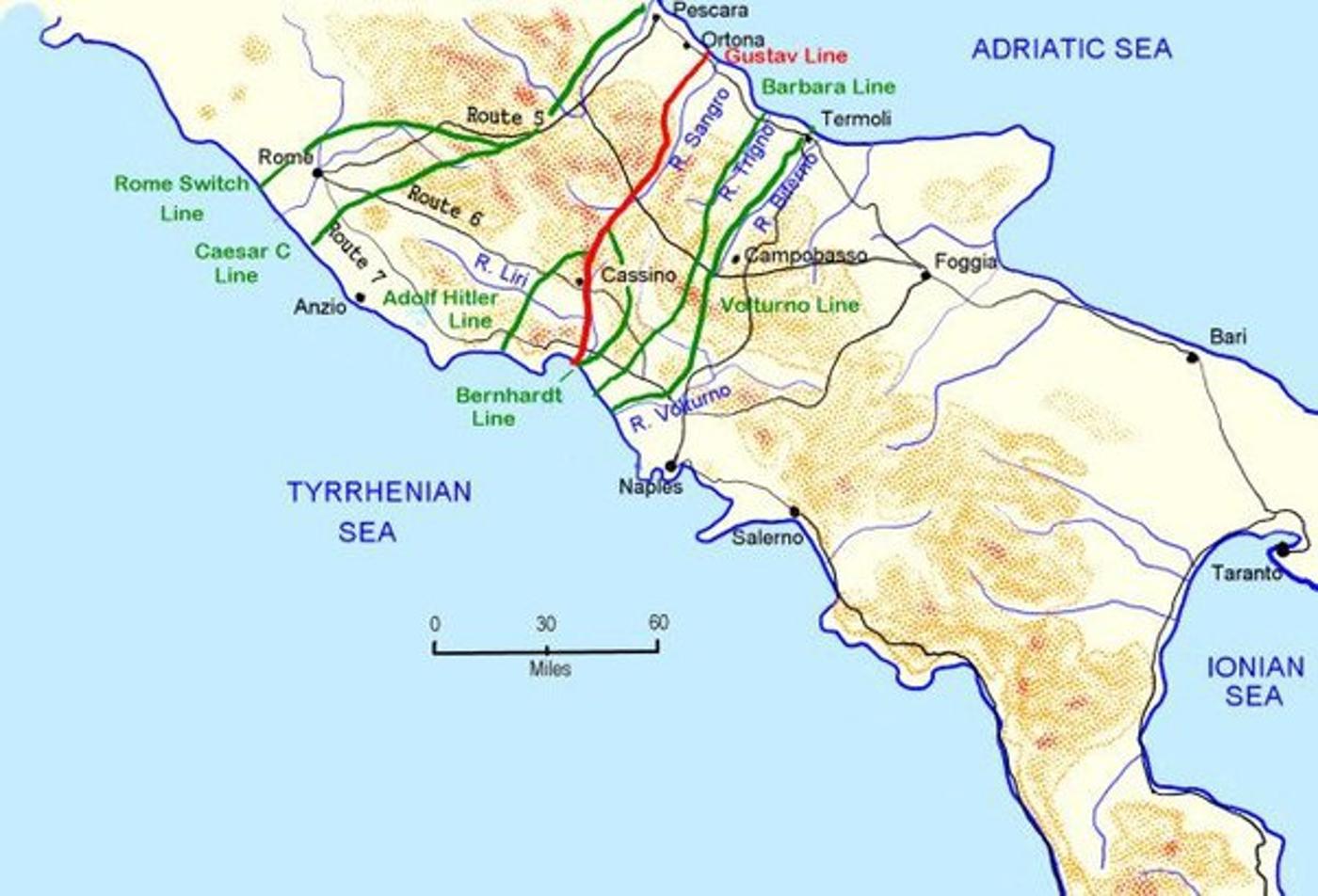
Source: Quora
During the winter of 1943 to 1944, the Allied forces were moving north through Italy when they ran into the Nazi “Winter Lines,” which were essentially man-made borders set up across the width of Italy. The Allied forces desperately needed to break the line in order to get to Rome, so they decided to attack at the highest point, the 1,706-foot-tall hill of Monte Cassino.
The Benedict Monastery Was Destroyed
The battle began on January 17, 1944, and lasted until May 18, 1944, during which time, the monastery on the hill where Saint Benedict’s bones were laid to rest, was destroyed.
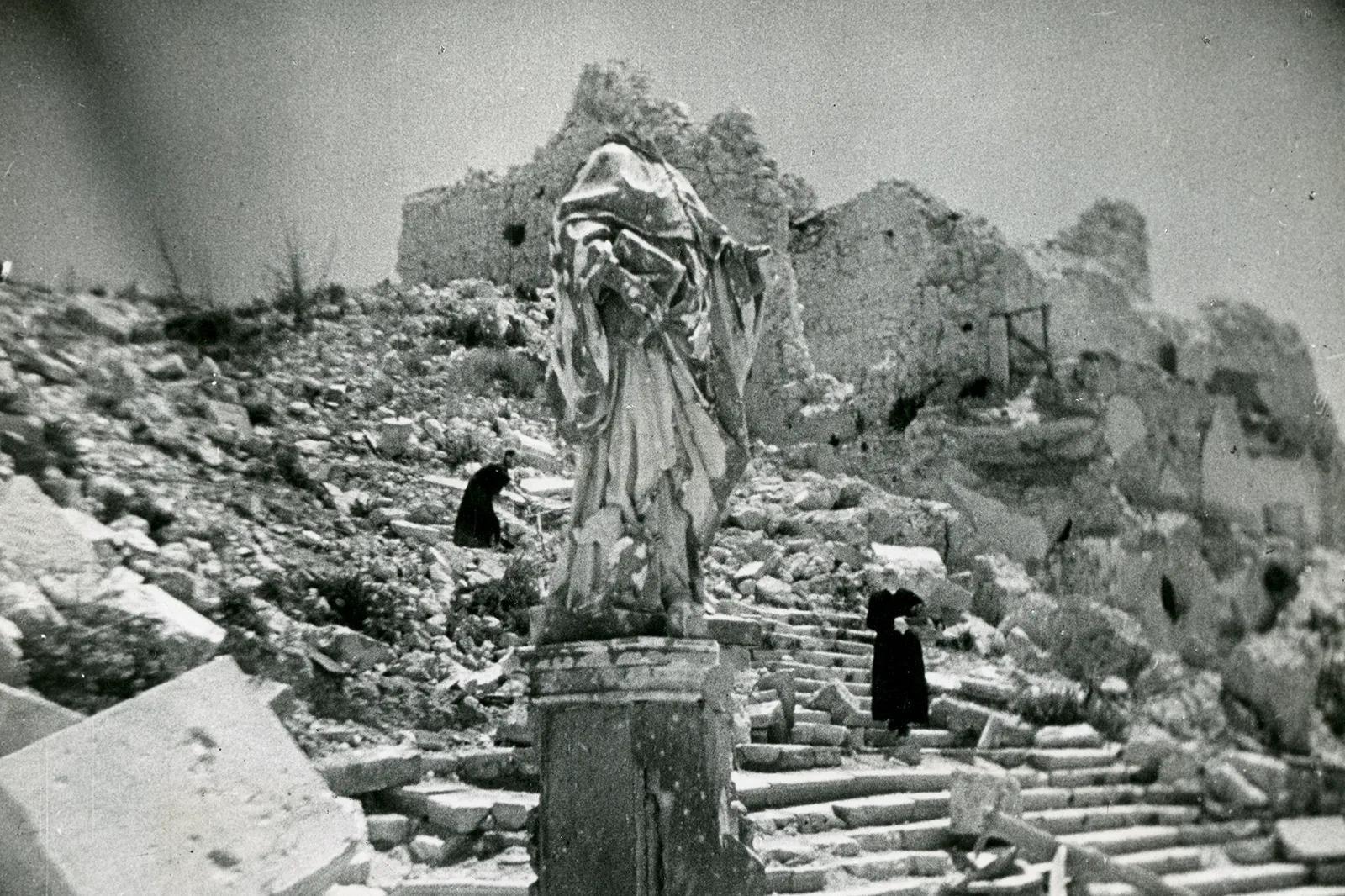
Source: Britannica
Troops from the USA, France, New Zealand, the United Kingdom, Canada, and Poland all fought at the Battle of Monte Cassino, and 105,000 men lost their lives in the process. On May 18th, when they finally reached the top of the hill, they saw that the Nazis had been defeated, losing 80,000 lives in the process.
The Significance of the Battle of Monte Cristo
Fortunately, the Allied forces were then able to move on to Rome where they liberated the city from the Nazis on June 5, 1944.
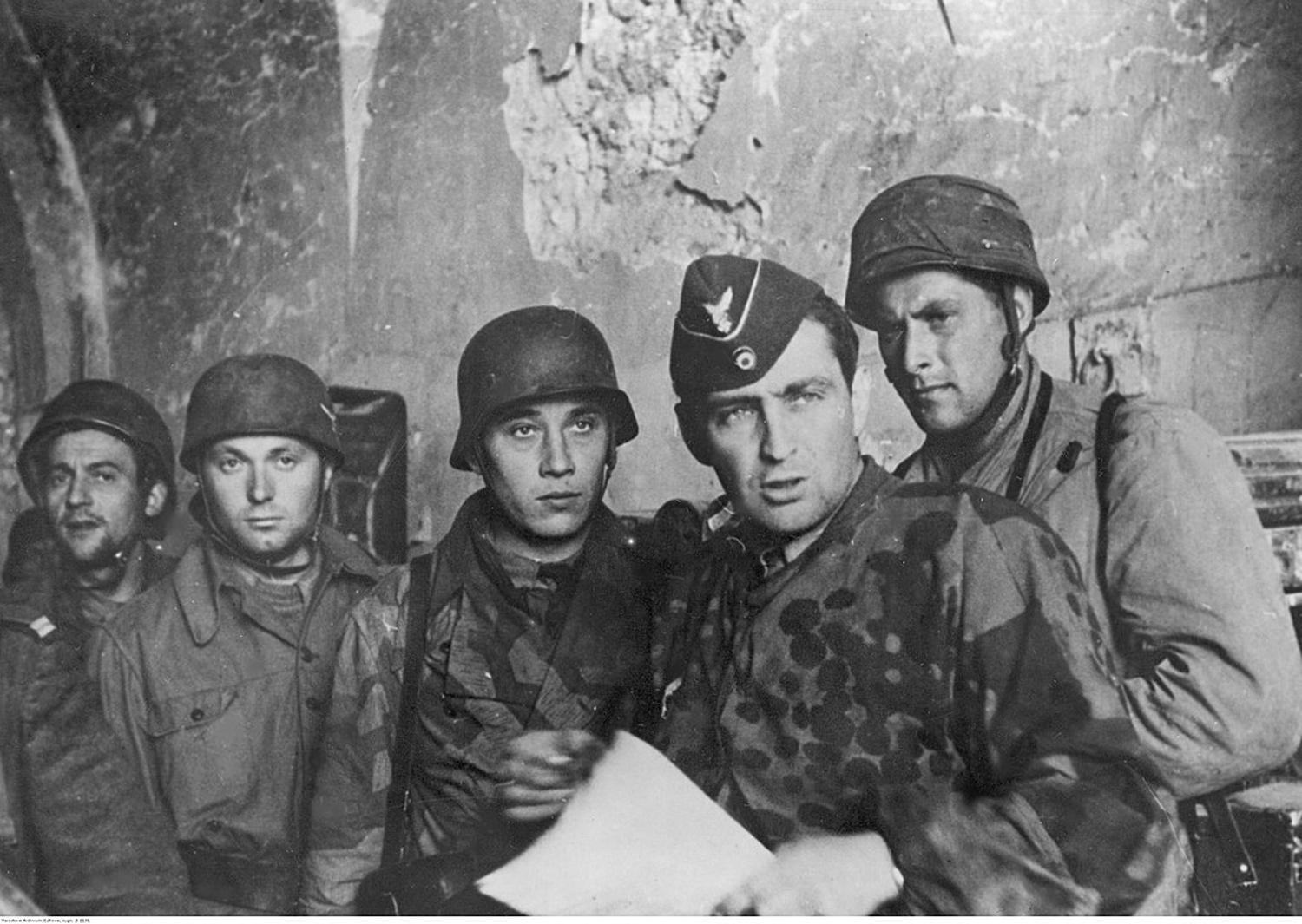
Source: Wikipedia
The falling of Rome to Allied forces was considered a major turning point in the war, and many argue that if the troops hadn’t been able to pass the Nazi Winter Line at the Battle of Monte Cassino, it might not have happened.
Some Call the Troops at the Battle of Monte Cristo “D-Day Dodgers”
Sadly, some call the soldiers who fought at the Battle of Monte Cassino “D-Day Dodgers,” as they weren’t at the beach in Normandy on June 6th.
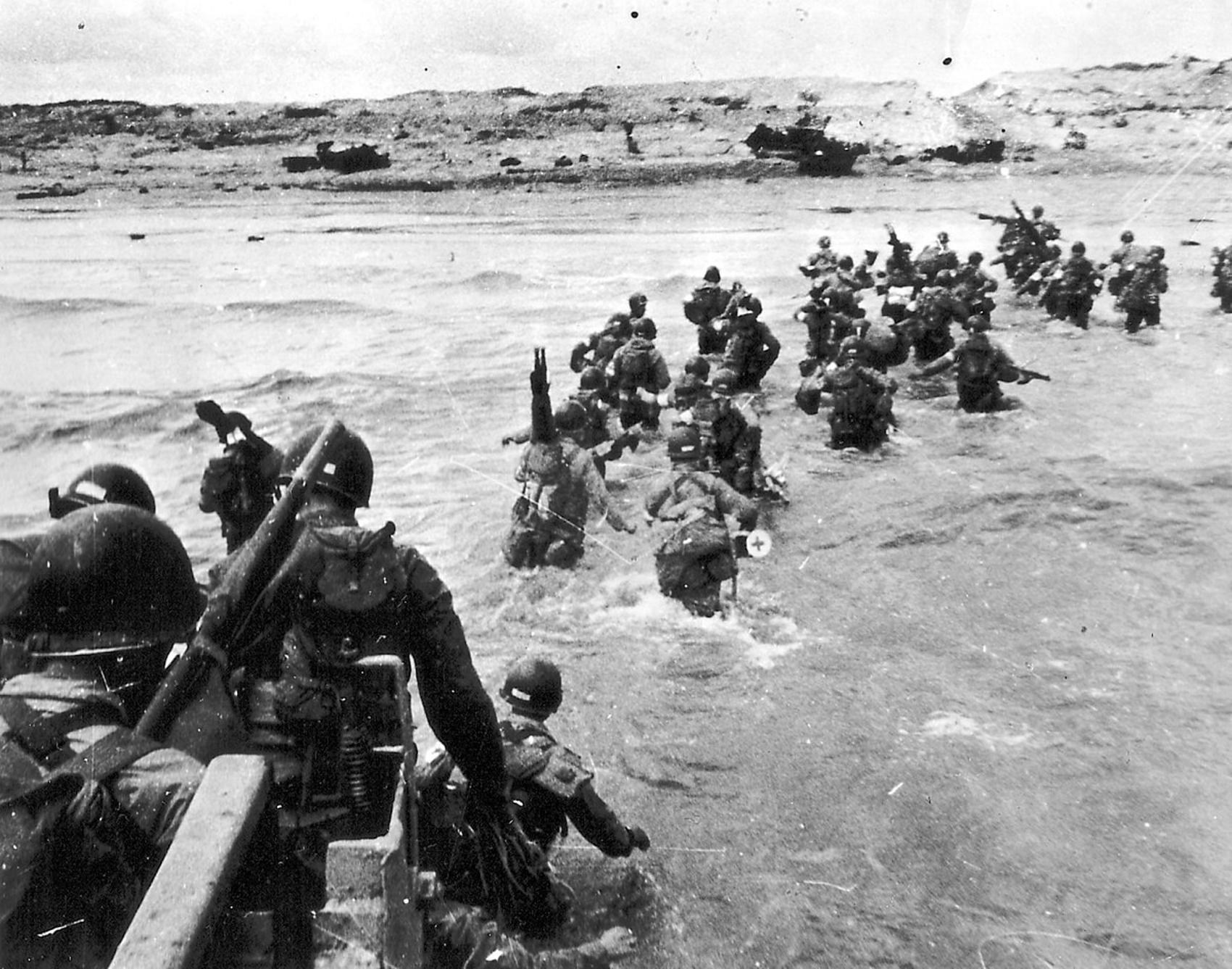
Source: Wikipedia
However, they played an equally important role that summer in pushing back the Nazi troops. As veteran Jack Hearn who fought at the Battle of Monte Cassino explained, “We were told where to fight and had no choice.”
A First-Hand Account of the Battle of Monte Cassino
Mr. Hearn, from Northumberland, England, turned 100 years old this year. He was there during those grueling five months in Monte Cassino, and recently told the press about his experience.
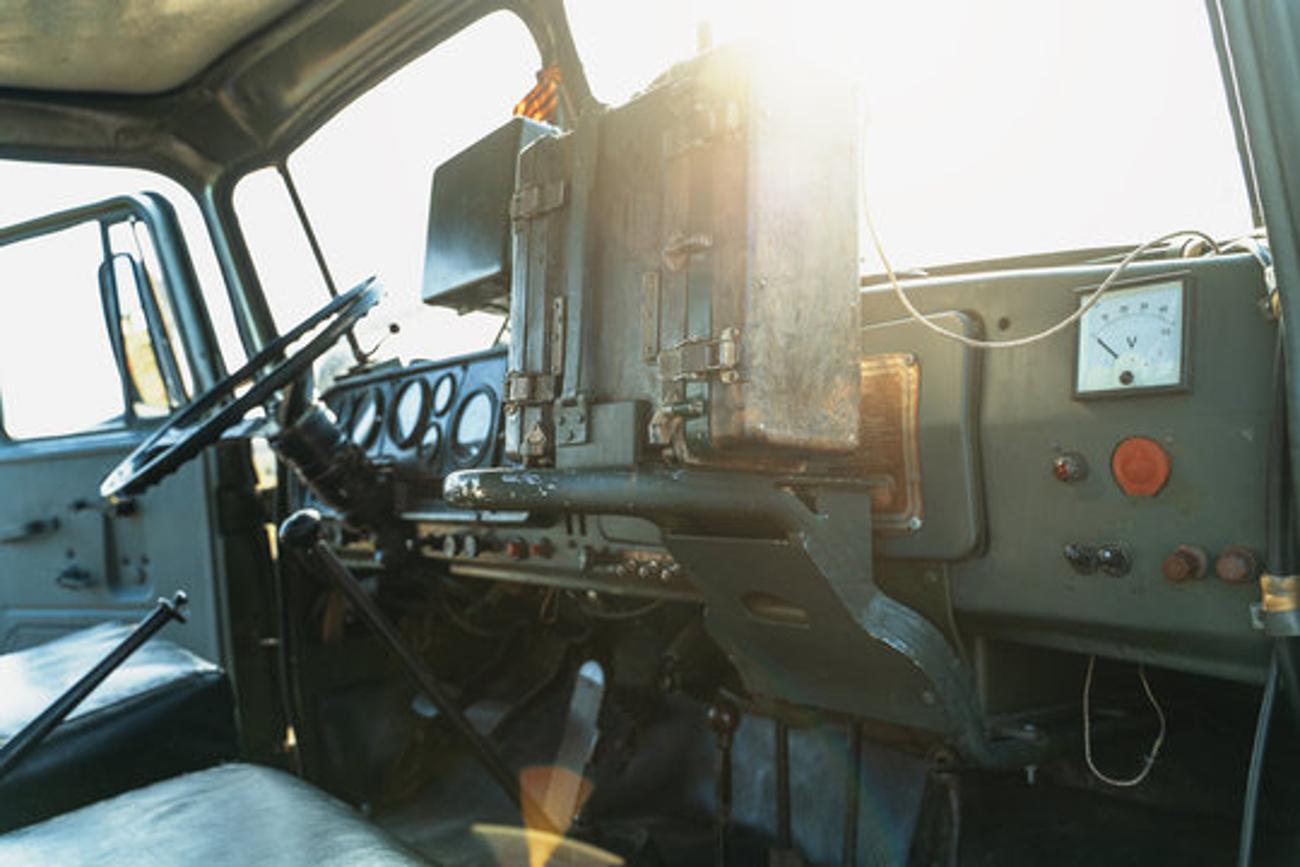
Source: Adobe Stock
Hearn explained, “I was told one day to drive to Monte Cassino, but I was pulled up by a military policeman who told me the road ahead was full of snipers. But I had my orders so I carried on.”
The Battle of Monte Cassino Was the Hardest Fought Battle of WWII
Many historians called the Battle of Monte Cassino the hardest fought battle of World War II, as for five months, these troops fought almost daily against the enemy to pass over the hill and make their way to Rome.
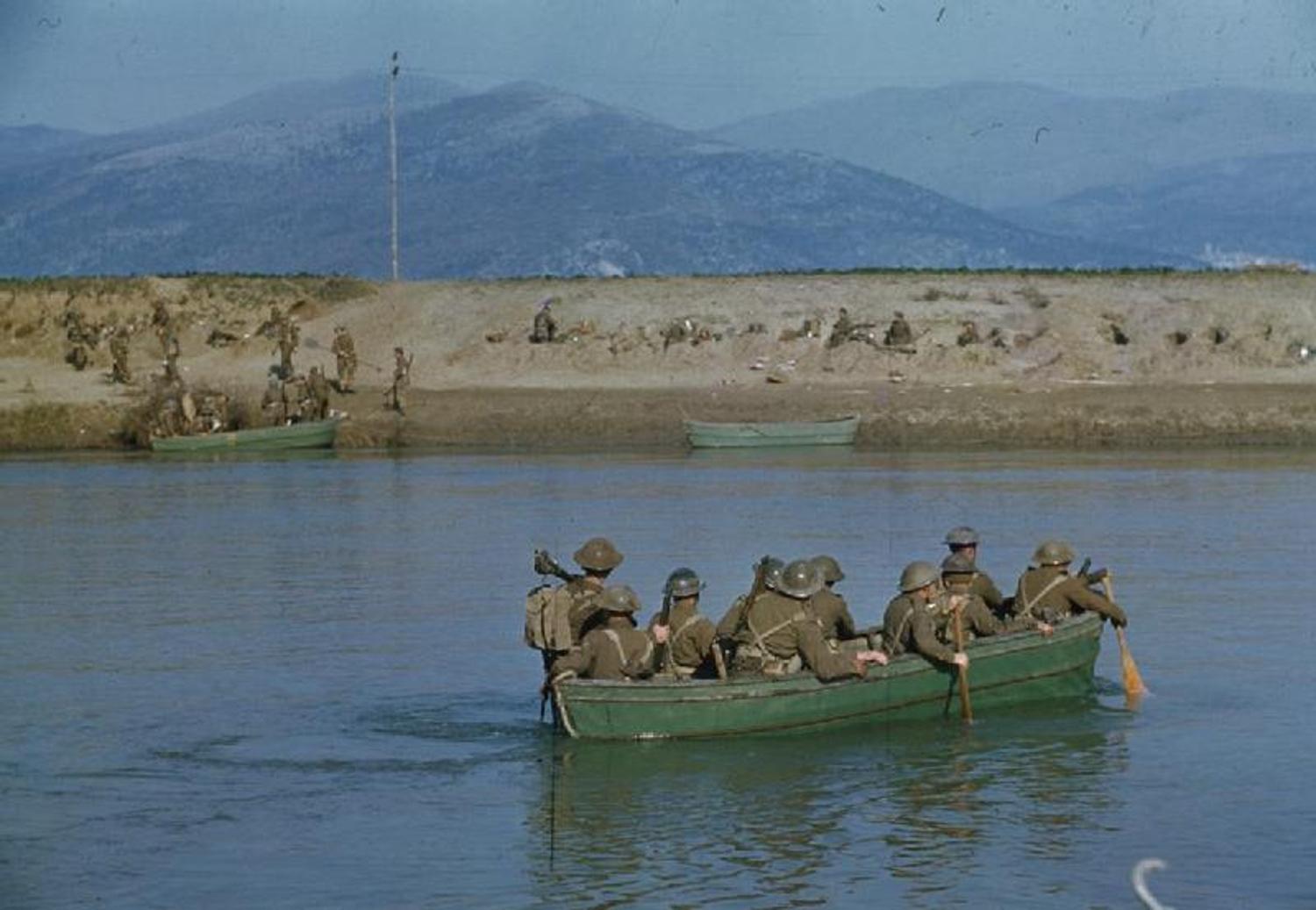
Source: Wikipedia
Today, the majority of the men and women at the Battle of Monte Cassino have passed on, but the few who remain remember and will truly never forget that harrowing time.
Returning to the Site Was an Emotional Blessing
Mr. Hearn has returned to Italy several times over the course of his long life to pay his respects to the comrades he lost. This year, on the 80th anniversary, his son John went with him.
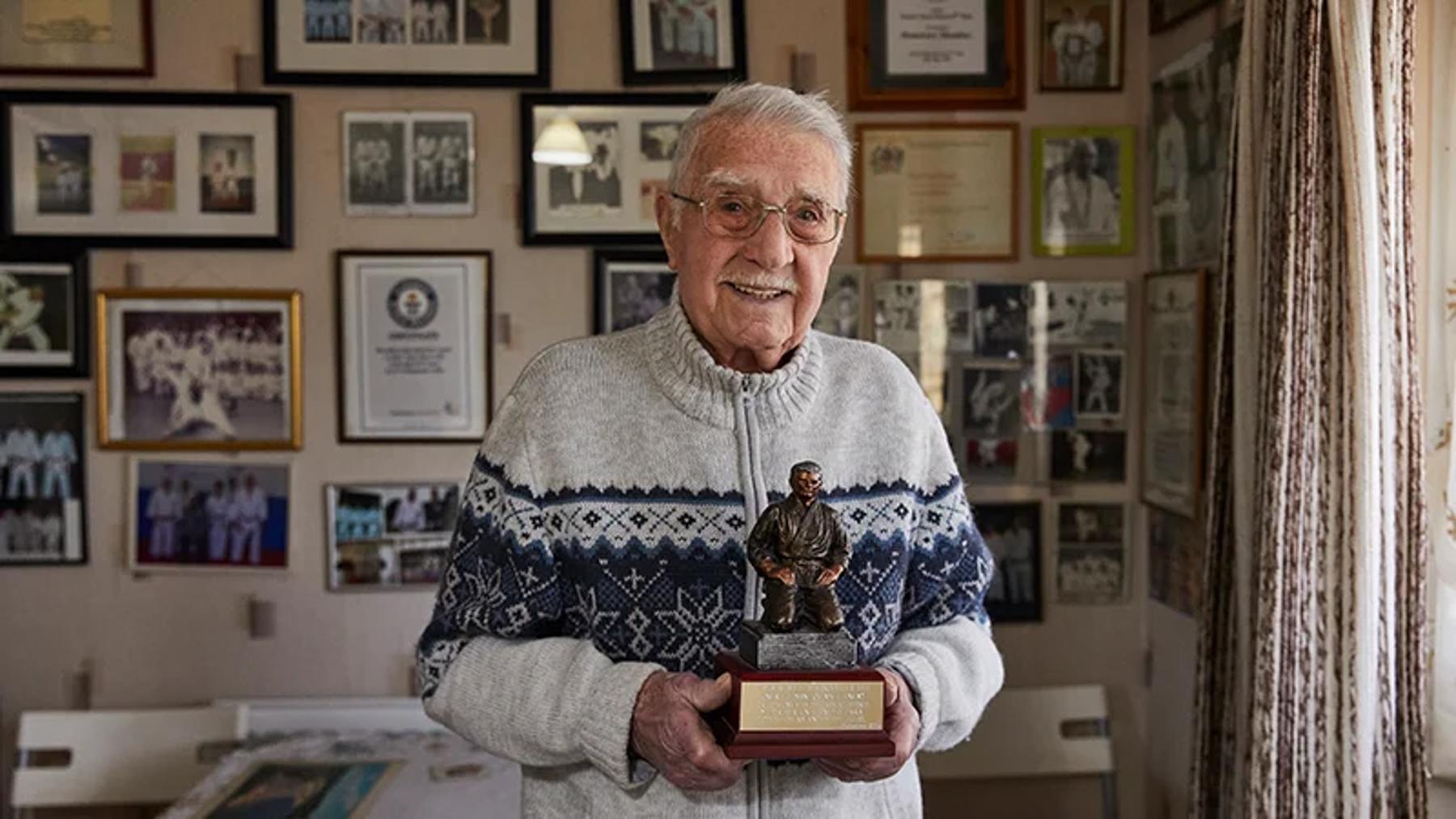
Source: @Juan Trujillo Andrades/Service95
John Hearn said, “We are all very proud of him.” And added, “Knowing the sacrifices that people made in the past, we need to remember them and what they went through.”
The Monastery Has Since Been Rebuilt
Since that wretched battle, the Benedict Monastery has been rebuilt. Today, it is one of the two largest monasteries in Italy and holds a specific importance to both the veterans who fought there and the monks that live there.
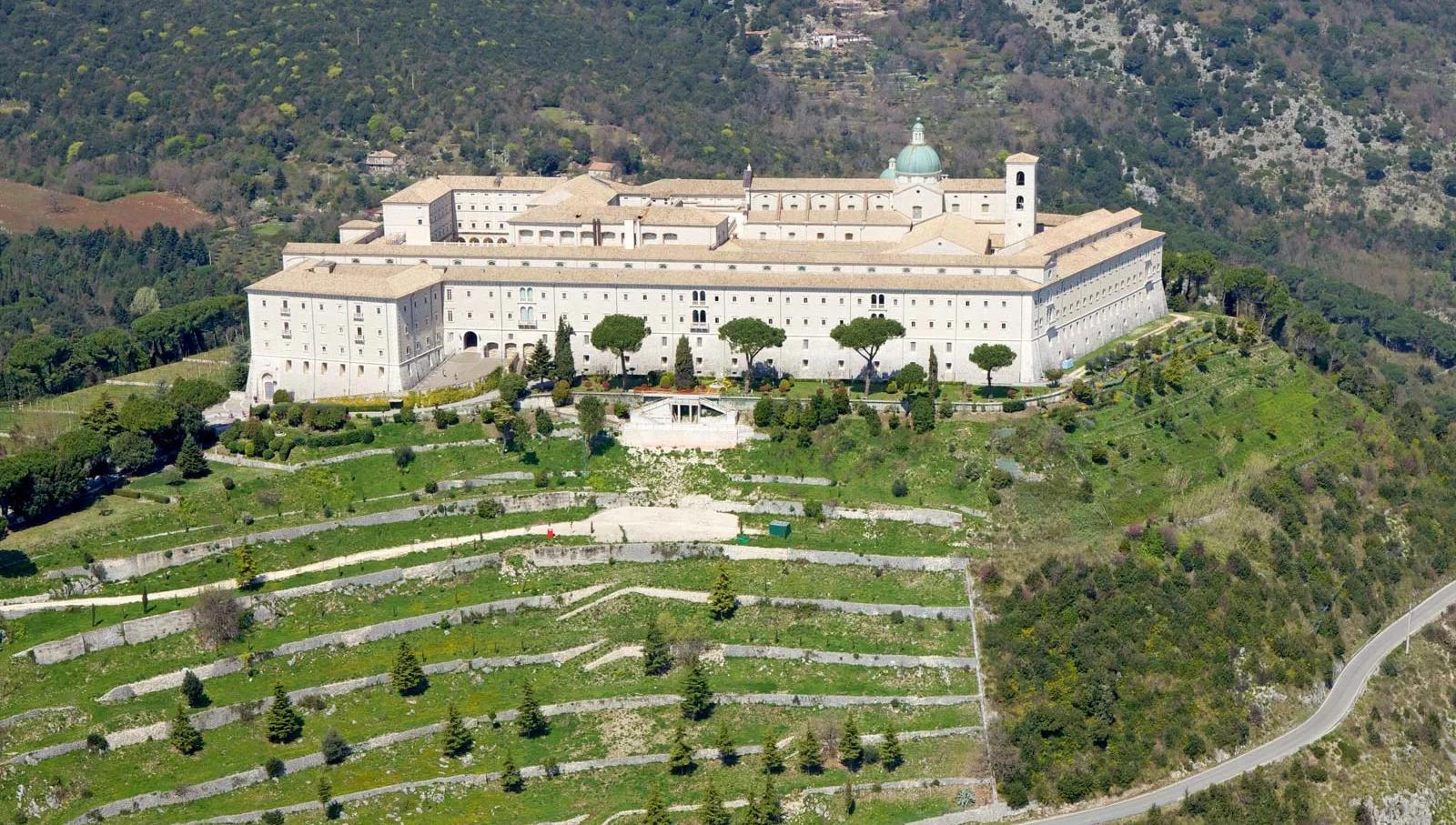
Source: Britannica
The destruction of the monastery in 1944 led the UNESCO World Heritage organization to establish a protocol which forbids combatant forces from using the “immediate surroundings” of historical or religious monuments, in order to ensure nothing like this happens again.
The Battle of Monte Cassino Cemetery
Alongside the rebuilt monastery sits a giant cemetery which honors the many people who lost their lives on the hill all those years ago. Of the nearly 105,000 allied forces who died at the Battle of Monte Cassino, 4,200 of them were buried at this cemetery. Several hundred of whom have still not been identified.

Source: Wikipedia
But this cemetery honors every one of the 105,000 allied forces who lost their lives during this horrific battle, and it’s where Mr. Hearn took his son John to pay their respects to the departed.
World War II Veterans Will Never Forget
It’s nearly impossible to fully explain or understand the trauma of war. While current and future generations continue to learn of the men and women who fought valiantly in WWII, only the veterans of this brutal war will truly remember.
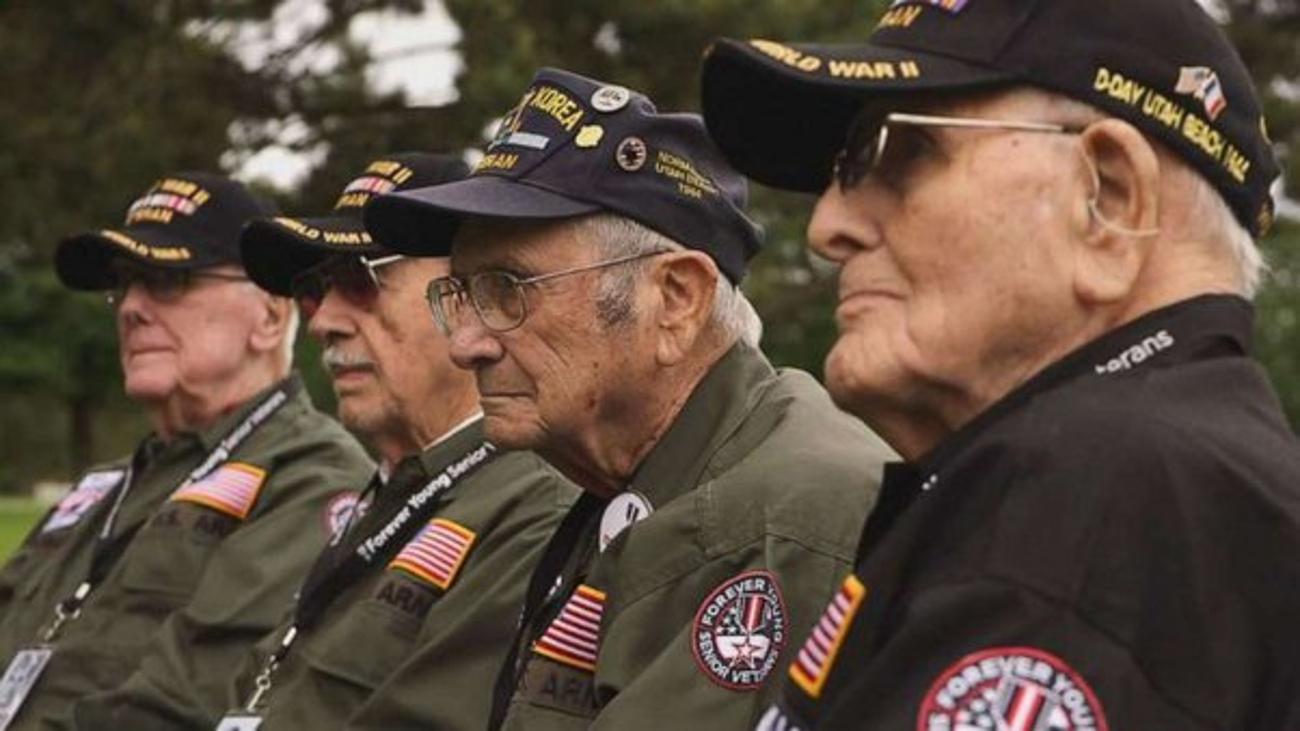
Source: Quora
As we move closer to the 100-year anniversary of the war, fewer people like Mr. Hearn will be able to tell their stories. Mr. Hearn explained that he plans to continue to return to Italy and the hill of Monte Cassino as long as he is physically able. “I would like to go back again but that’s in the hands of God, but I hope if I’m able I’ll go back many times more.”
